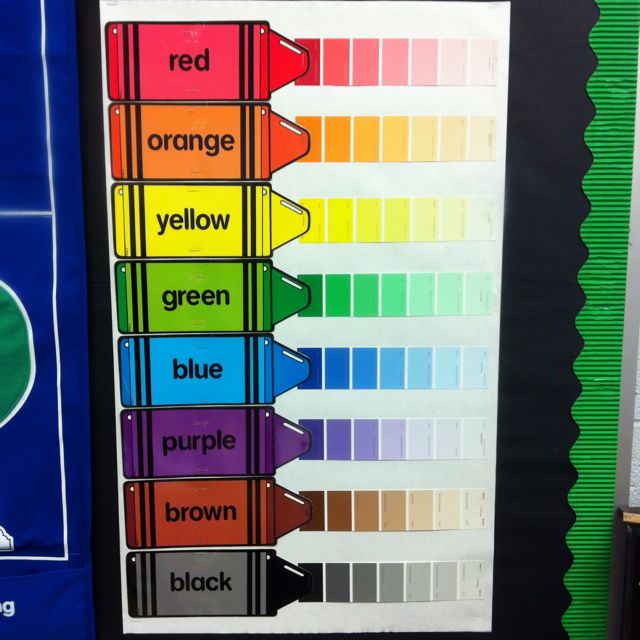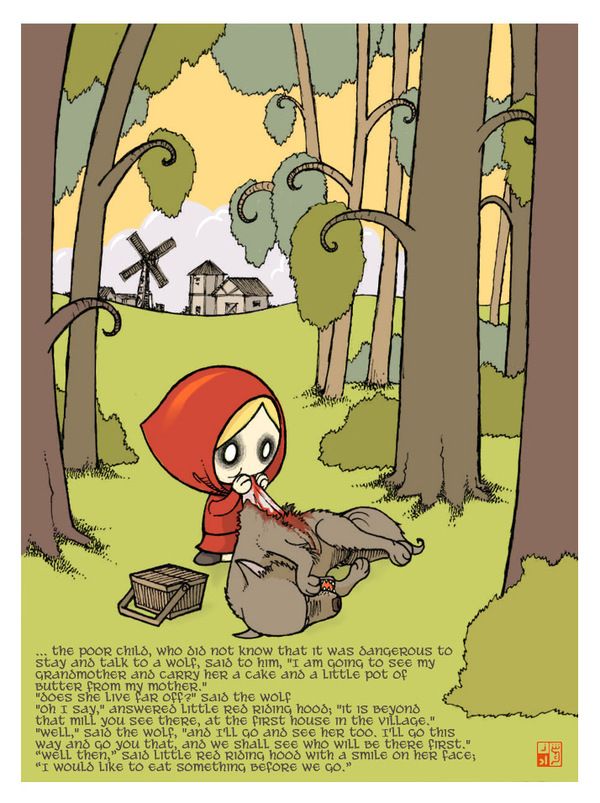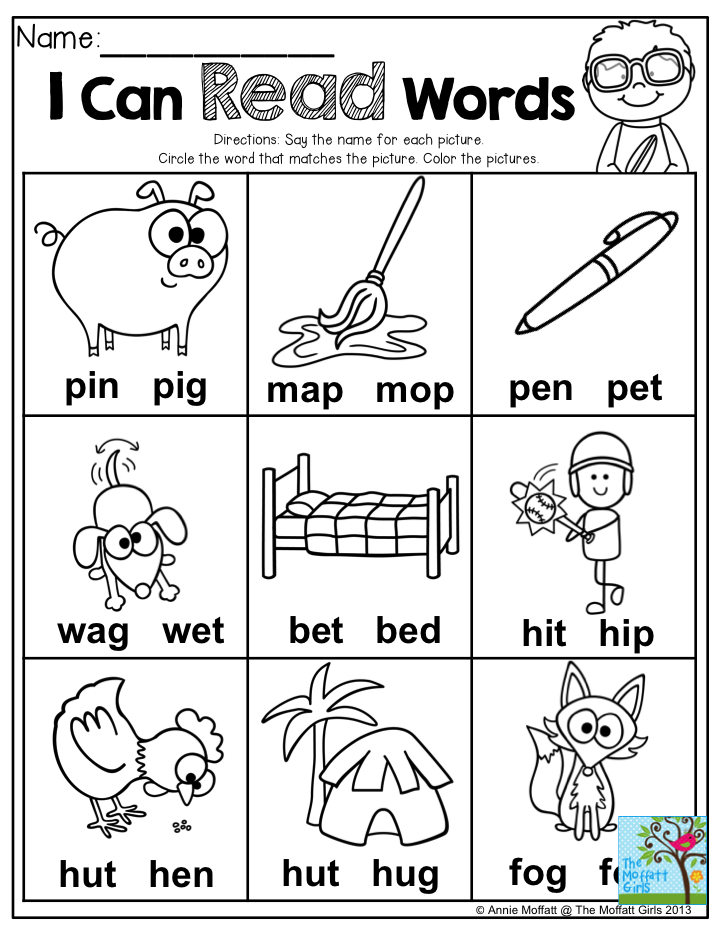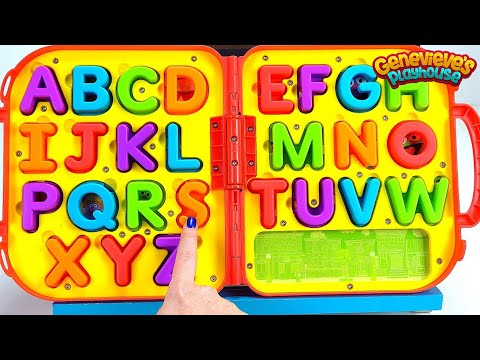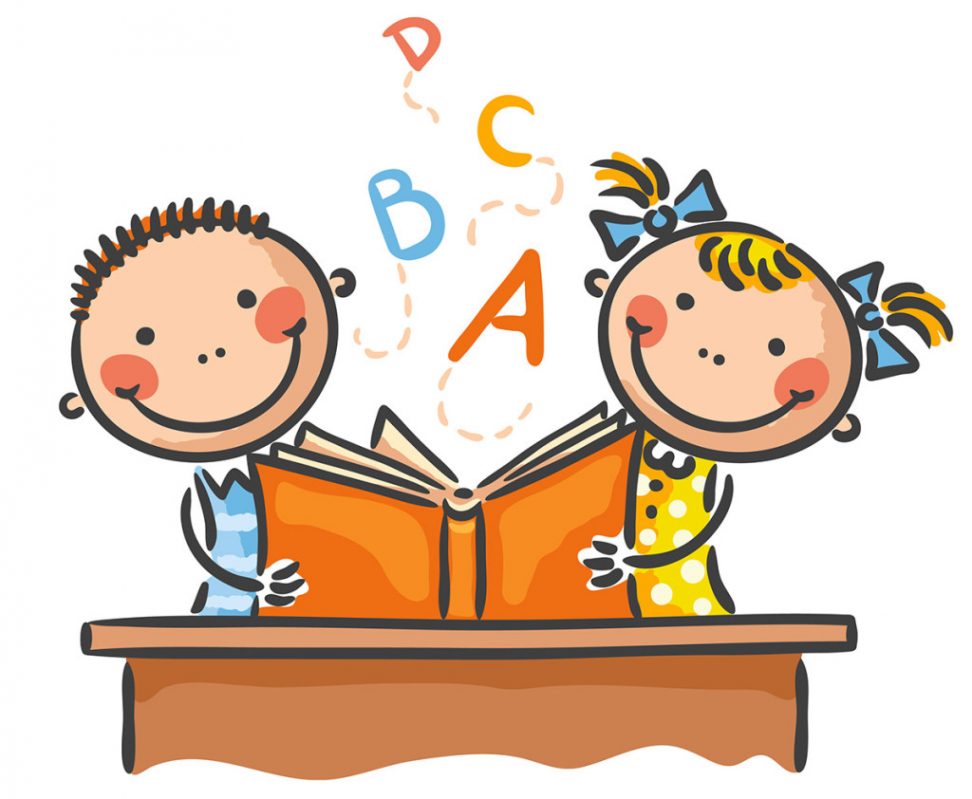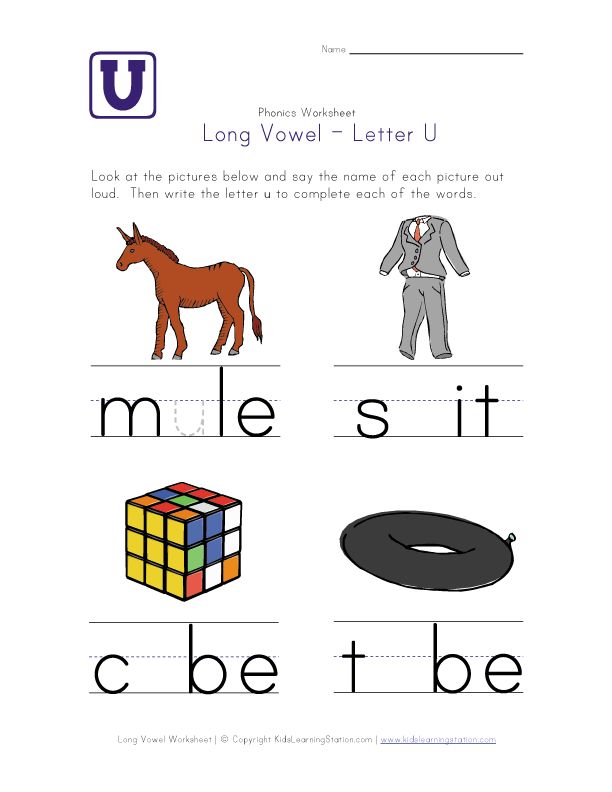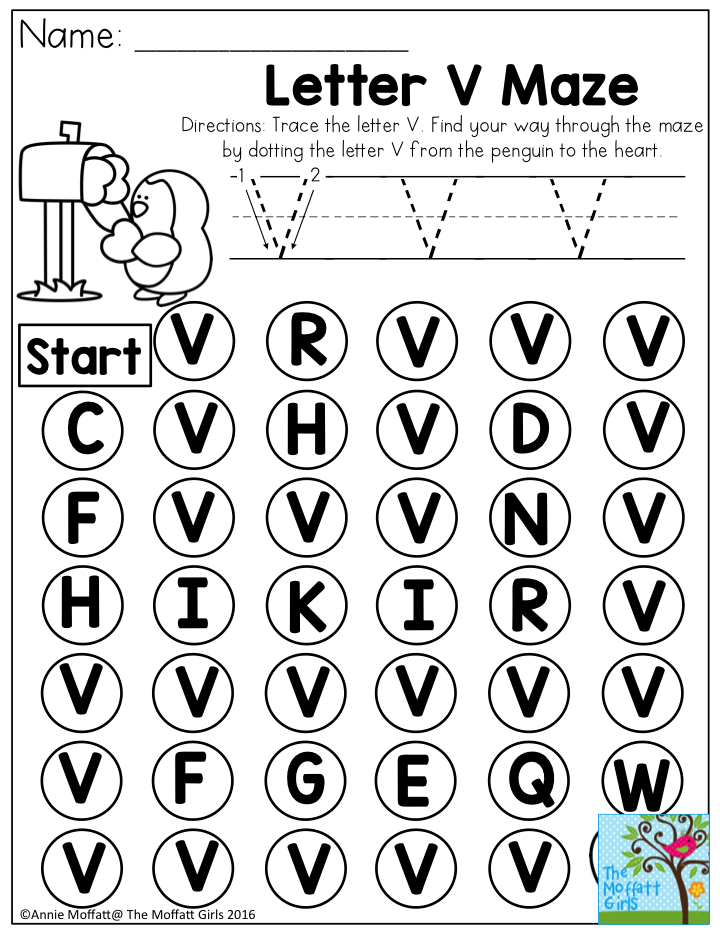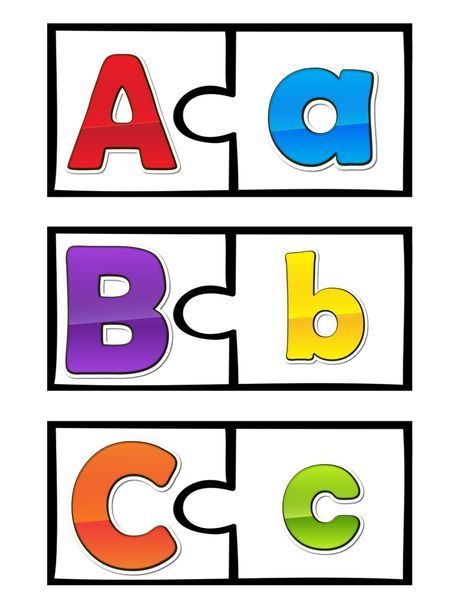Teaching primary colors to preschoolers
7 easy crafts to teach primary colors for kids
These crafts and activities are a great introduction to primary colors for kids. Use these ideas to teach about red, yellow, and blue to your preschoolers or kindergarteners. They are great for the classroom or for at home.
Primary Colors for Kids
These crafts and activities promote the learning of primary colors for kids. As they are learning new colors, they will need to learn the difference between the primary colors (red, yellow, and blue) and the secondary colors (orange, green, and purple).
Using crafts helps promote the learning of different colors. As they continue to learn, you can start to teach about the color wheel and identifying complementary colors.
But for now, kids really just need to learn about the colors of the rainbow. These color activities are perfect for learning about the concept of colors. Next, you can teach about color mixing and basic color theory.
When you’re creating your primary colors lesson plan, include one of these easy crafts for kids.
Create one during a primary color class party.
Or, if you’re at home, create them at your kitchen table and have your child point out other items around your home that are red, blue, or yellow.
Use them to decorate your playroom or hang them on a bulletin board to show off what your kids have learned.
For added fun, grab one of our primary color worksheets!
Disclosure: Some of the links in this post are “affiliate links.” This means if you click on the link and purchase an item, we may receive an affiliate commission.
Our Favorite Craft Supplies For Kids
These craft supplies are perfect for crafting with young kids. While not each of them is used in the crafts below, they are all staples in our craft bin. If you don’t have any on hand, that might be ok. Take a look at the craft first to see whether or not you need them.
- Construction Paper – One of our favorite craft supplies. These crafts are a great way to use up that stash of black paper.

- Cardboard – Perfect for using up all those boxes you get in the mail!
- Craft Sticks or popsicle sticks – A classic staple, use them in your craft or to mix paint.
- Kid-Friendly paint – Kids love to get messy! Check out our favorite tips for painting with young children.
- Googly Eyes – You can literally add them to any project and it instantly becomes cuter.
- Tissue Paper – We always have this on hand. Buy it new or use or save it from birthday parties and holidays.
- Toilet Paper/Paper Towel Rolls – A great way to recycle your paper tubes is to use them in crafts!
- Paper Plate – Grab this party supply to create fun crafts.
- Contact Paper – We use this a lot to create suncatcher crafts
Pin this collection of primary colored activities
Are you still brainstorming your lesson plan? No worries, just pin this to your favorite craft board so you can find it easily.
Inspire creativity
Are you trying to inspire creativity in your kids? Sign up for the weekly Twitchetts newsletter to get that and more.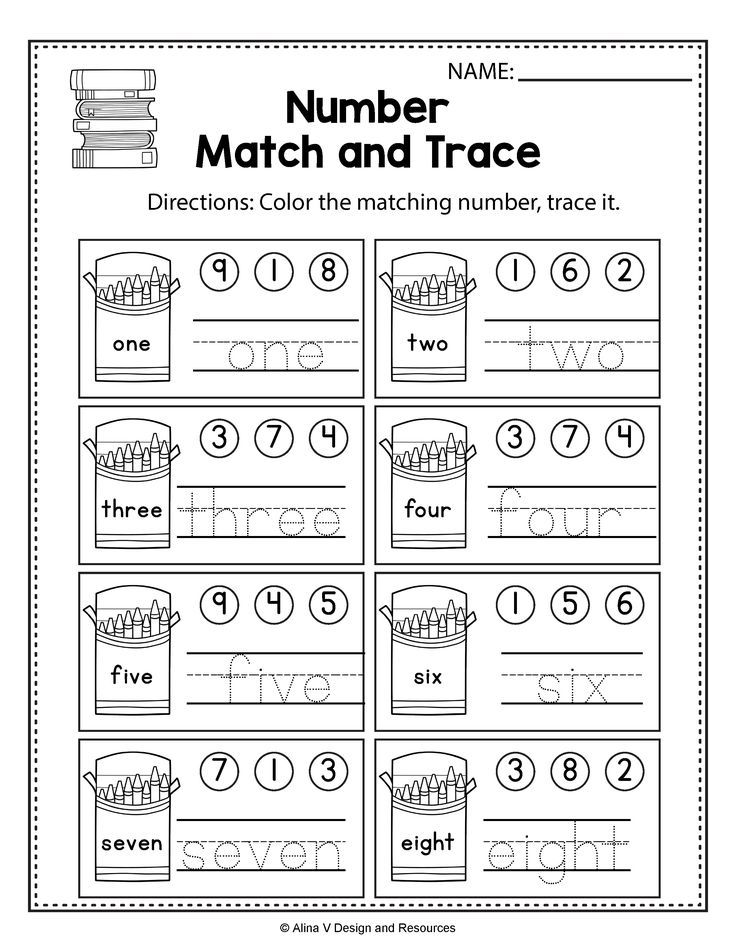 Get access to free printables, special offers, and weekly crafts and activities that kids will love!
Get access to free printables, special offers, and weekly crafts and activities that kids will love!
Join Here!
More educational crafts!
- Fine Motor Skills
- Shapes
Please share these crafts that teach about colors.
This site wouldn’t be here without shares from people like you, and we are so thankful that you took the time to visit Twitchetts.
Know a friend who is looking for primary color crafts for kids? Please share it on Facebook or save it to your favorite board on Pinterest.
Tags Primary ColorsHow to Teach Preschool Students the Primary Colors
SARAH LIPOFF
CLASS
Teaching preschool students about the primary colors of light is a fun way to introduce colors and the concept of mixing color combinations. This project can be done in the classroom as a group and uses basic materials. Having preschoolers create a finger-painted color wheel can be messy, so make sure to have students dress for mess or have smocks available.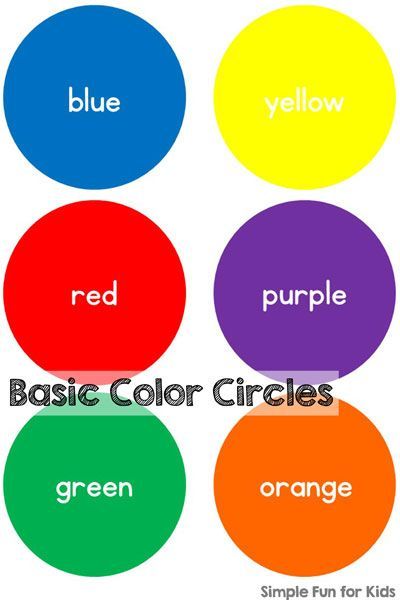
Explore this article
- Find images
- Gather students
- Provide each student
- Place a spoon
- Allow students
- Write names on students papers
- Provide each preschooler with a marker
things needed
- Pictures showing the primary colors
- Color wheel
- Smocks
- Finger paint paper
- Red, yellow, blue finger paint
- Markers
1 Find images
Find images of items showing the primary colors of light--red, yellow and blue--and post them around the room at students' height. Do this before working with preschool students. Along with posting images showing colors, post a color wheel at the front of the room.
2 Gather students
Gather students and have them take turns recognizing the colors found in the images around the classroom. Write the names of the primary colors on the white board or chalkboard at the front of the room next to the color wheel.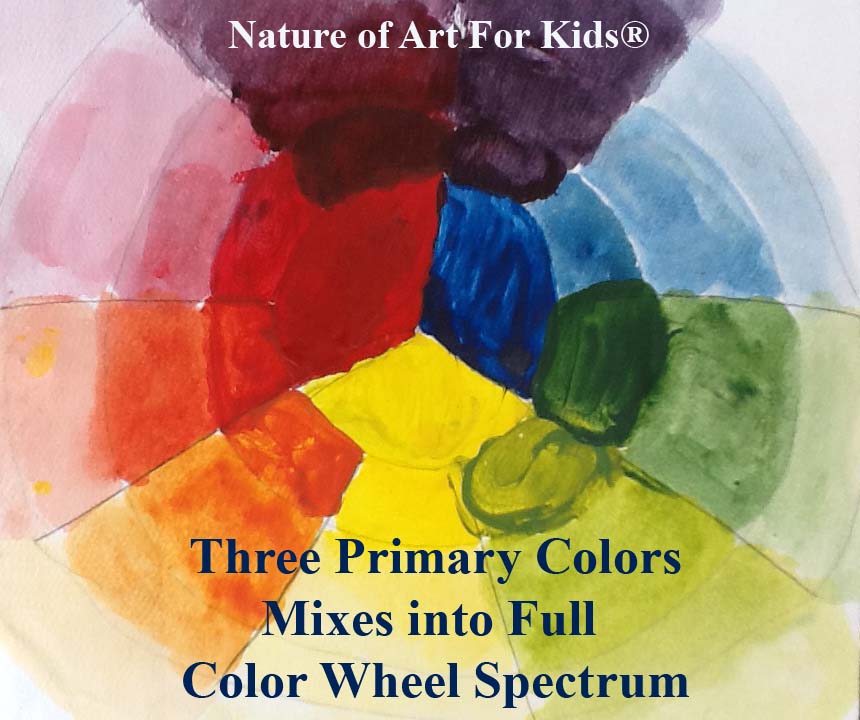 Discuss the color wheel with preschool students and how the primary colors can be mixed to create the secondary colors--orange, green and violet.
Discuss the color wheel with preschool students and how the primary colors can be mixed to create the secondary colors--orange, green and violet.
3 Provide each student
Provide each student with a sheet of finger paint paper at her work area. Explain to students they will be creating their own finger paint color wheel.
4 Place a spoon
Place a spoon full of red finger paint at the top and middle of each preschool student’s finger paint paper. Place a spoon full of yellow finger paint at the bottom right of each student's paper, and a spoon full of blue finger paint at the bottom left.
5 Allow students
Allow students to mix their finger paints and try to create the secondary colors. Provide additional finger paint to students as needed.
6 Write names on students papers
Write names on students’ papers as they finish and allow to dry.
7 Provide each preschooler with a marker
Provide each preschooler with a marker, when finger paint colors wheels are dry, and have them write the colors on their color wheel using the colors written on the white board or chalkboard at the front of the room.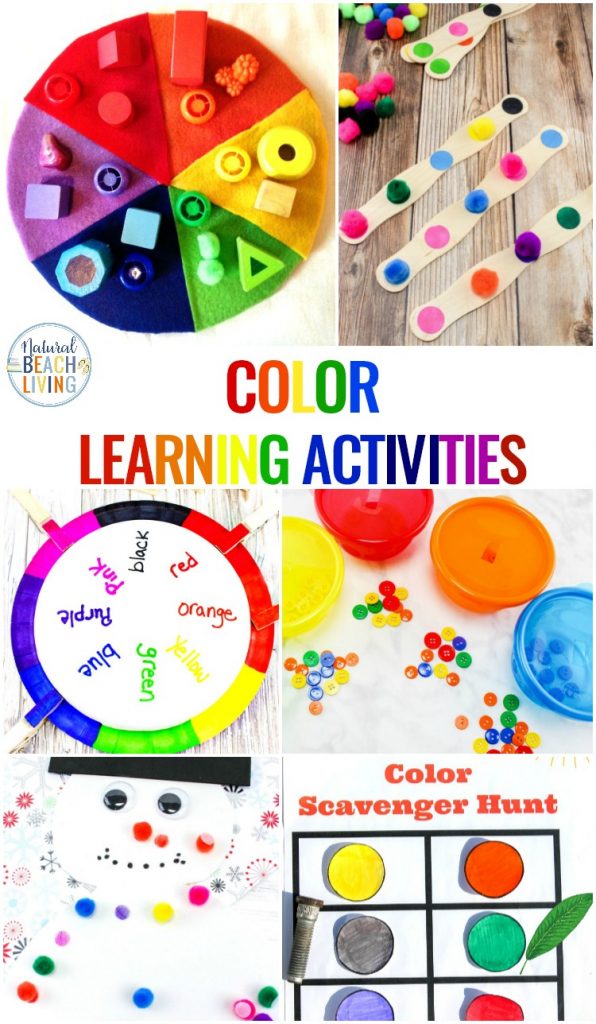 Provide help as needed. Post the finger paint color wheels around the room for others to see.
Provide help as needed. Post the finger paint color wheels around the room for others to see.
About the Author
Sarah Lipoff has been writing since 2008. She has been published through BabyZone, Parents, Funderstanding and Education.com. Lipoff has worked as a K-12 art teacher, museum educator and preschool teacher. She holds a Bachelor of Science in K-12 art education from St. Cloud State University.
Related Articles
Learning colors: how to teach a child to distinguish colors and shades
It is generally accepted that by the age of three a child should learn to distinguish between primary colors. This skill is an important part of sensory development, it gives the child the opportunity to see the world in a new way. Often, if the baby does not know or confuse colors, parents have concerns about the pace of development of the child. Do I need to worry if the study of colors is not easy for a child? How to teach a child to distinguish colors? You will find answers to these questions in our article.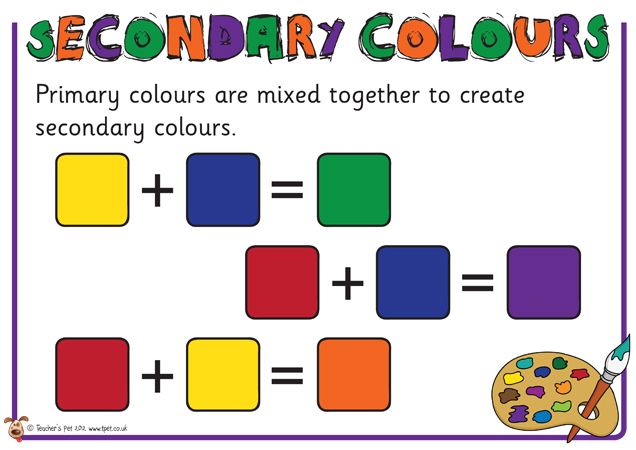 nine0003
nine0003
At what age does a child begin to see colors?
Studies have shown that children begin to perceive colors by 2-3 months. The first colors a child sees are yellow, orange, red, green. At this age, babies can already react differently to their toys of different colors (for example, a red rattle can please a child more than a blue one), look at bright pictures with enthusiasm. The baby's world quickly acquires colors, but if we talk about the ability to consciously find an object of the right color, then usually it appears in children at the age of one and a half. It is at this age that it is optimal to start learning colors in a playful way. You can voice the names of flowers to a child for up to a year, this will only benefit him. But do not demand too much from the baby, remember that his brain is actively developing, and as soon as the time comes, you will certainly see the results. nine0003
To see if your child is ready to learn colors by playing with building blocks, ask your child to point to a part that is the same color as yours.
If the baby can find objects of the same color, then he is quite ready to memorize the names of colors.
Learning colors in everyday life
Children get most of their knowledge about the world in everyday life: communicating with adults and peers, observing nature, playing. The study of flowers is no exception. Sometimes a child does not need to do special exercises to learn to recognize colors. For this, it is enough that he hears the name of the color and associates it with a specific thing. During daily activities, voice for the child what color the objects are around. Whether you are drawing, playing with blocks, looking at cars in the yard, reading, swimming, eating, dressing - in each of these situations, you can gently teach your child to distinguish colors. nine0003
It is important that the study of colors does not turn into torture. You should not constantly test the child's knowledge by asking him which color is which.
Soon the baby may just start to ignore you. “Let's paint the sun yellow!”, “What a delicious green cucumber!”, “Oh, where did the blue cube go? Here it is!" are examples of how you can gently help your child remember colors.
Games for learning colors and their shades
In order to get your baby interested in learning colors or to reinforce the knowledge they already have, you can offer your child to play special “color” games. nine0003
Color Sorting
Sorting games are designed to help children learn to group objects by color. Any materials at hand can be items for sorting: toys, covers, designer parts, cubes, buttons, cereals, pencils, etc. You can organize the game in various ways:
You can come up with as many options for sorting by color, it all depends on your imagination. So that the child does not lose interest in the task, connect the plot of the game with his favorite characters, toys (for example, a cat will eat from a yellow bowl, and a baby elephant from a red one, etc.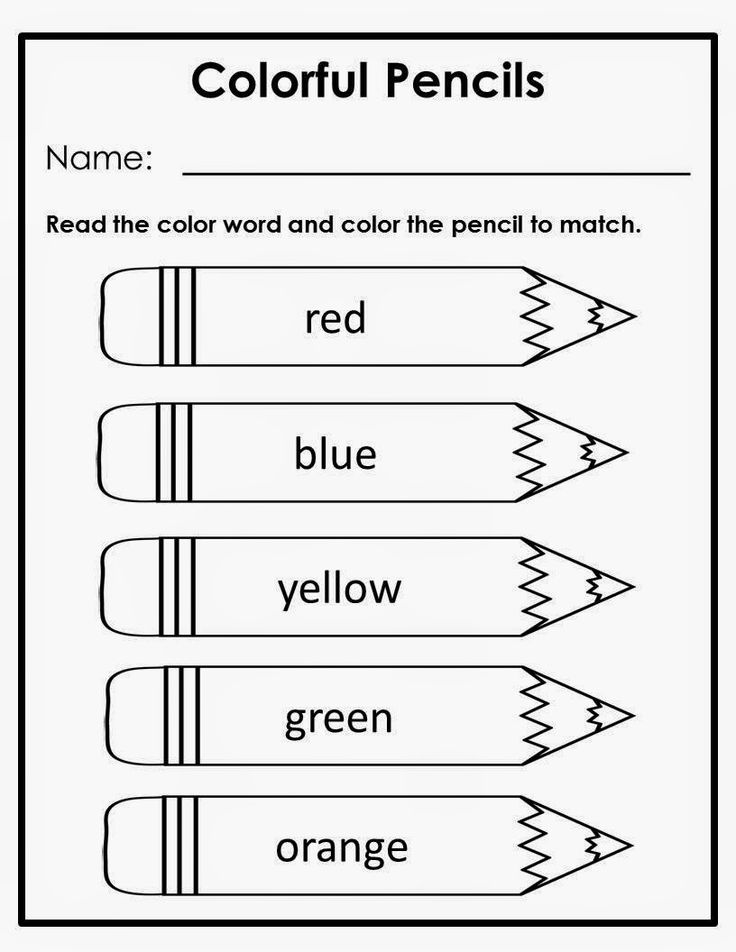 ). nine0003
). nine0003
Match a Pair
Help your child learn colors with the Match a Pair series. Ask your child to find a petal for a bug, a pot for a flower, a roof for a house, etc. You can present the baby with a deliberately wrong option and ask to correct the mistakes.
Pick up a patch
Show the child the picture with the missing details. Ask him to fill in the gaps (this can be done with plasticine, pom-poms, caps, cards, etc.). nine0003
Color Lotto
At the age of about one year, children begin to be interested in various lottos. In the color lotto, the task is to collect pictures of the same color on the card.
Colored Sensory Boxes
Create a sensory box for your baby where everything is the same color. During the game, the child will be able not only to remember the color that he sees, but also to develop fine motor skills, tactile sensitivity, thinking, and imagination. nine0003
Color days
This is one of the most interesting and popular ways to teach your child to distinguish colors.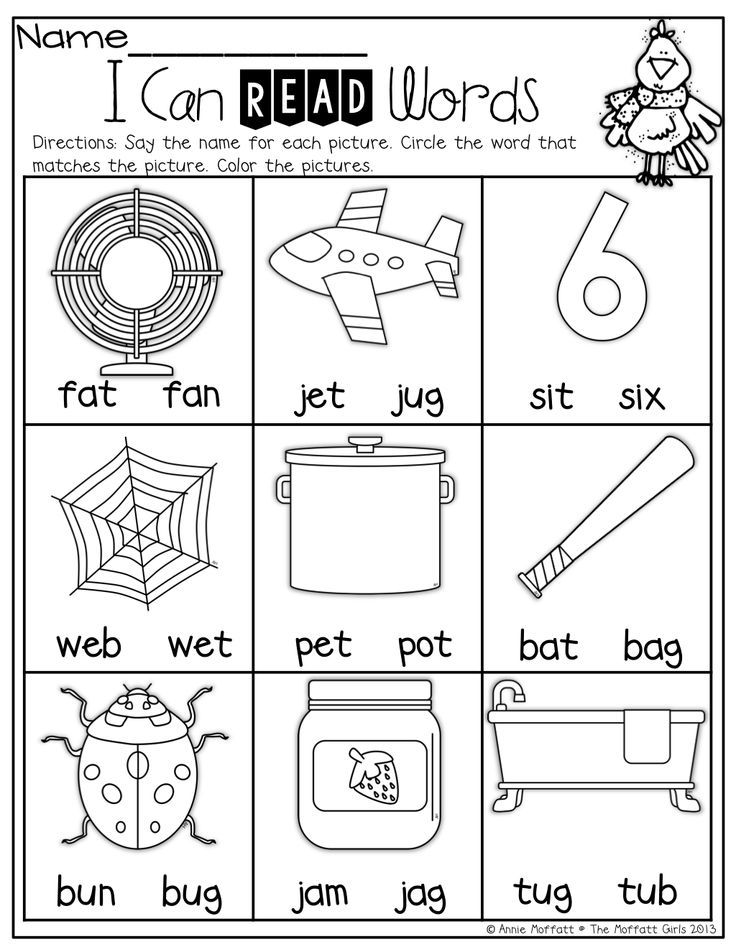 Its essence is that during the day (or several days) you draw the child's attention to objects of a certain color. For example, on a yellow day, you can dress in yellow clothes, play with yellow toys, draw a yellow chicken. Surrounded by one color, the baby will easily remember it.
Its essence is that during the day (or several days) you draw the child's attention to objects of a certain color. For example, on a yellow day, you can dress in yellow clothes, play with yellow toys, draw a yellow chicken. Surrounded by one color, the baby will easily remember it.
Cards for learning colors
You can learn colors with your child using cards. With the help of Doman's "Colors" cards, you can introduce your baby not only to the main colors, but also to different shades. It is important not to overload the child with unnecessary information about the names of 10 shades of green or red. Learn only those shades whose names you can use in the game and life. nine0003
Board games for learning colors
Board games are a great way to learn about colors and consolidate knowledge about them. Currently, the stores offer a wide range of similar games for every taste and budget. Choose a game that suits your child.
Educational cartoons
There are many educational cartoons on the Internet that will help your child memorize colors quickly.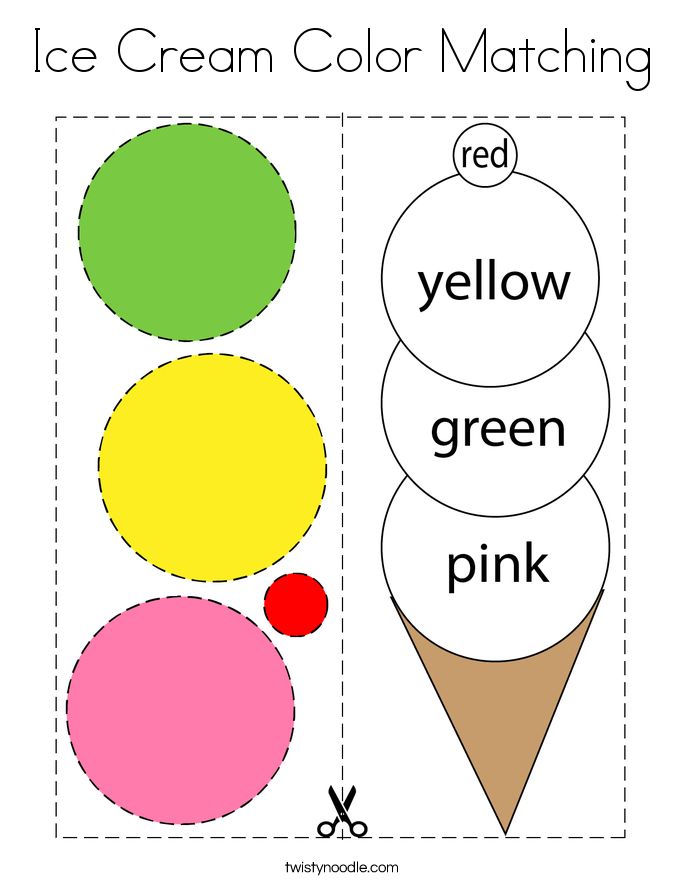 Here is one of them:
Here is one of them:
Educational books
If your little one loves to listen to stories and look at pictures, this is the way for you. We all remember the wonderful story of V.G. Suteev "Rooster and paints", by S.Ya. Marshak has a whole “Colorful book”. You can also find many educational books that will become your faithful assistants.
Conclusions
We have listed for you different color learning games. In order for a child to master the concept of color well, it is worth adhering to a number of principles: do not rush the baby, provide a variety of material for games, discuss what you see. nine0003
Conclusion
You can start studying colors from an early age, the main thing is that it is interesting for the child. It is impossible to specify clear age limits when a child should learn primary colors. This process, like all development, is individual for each baby.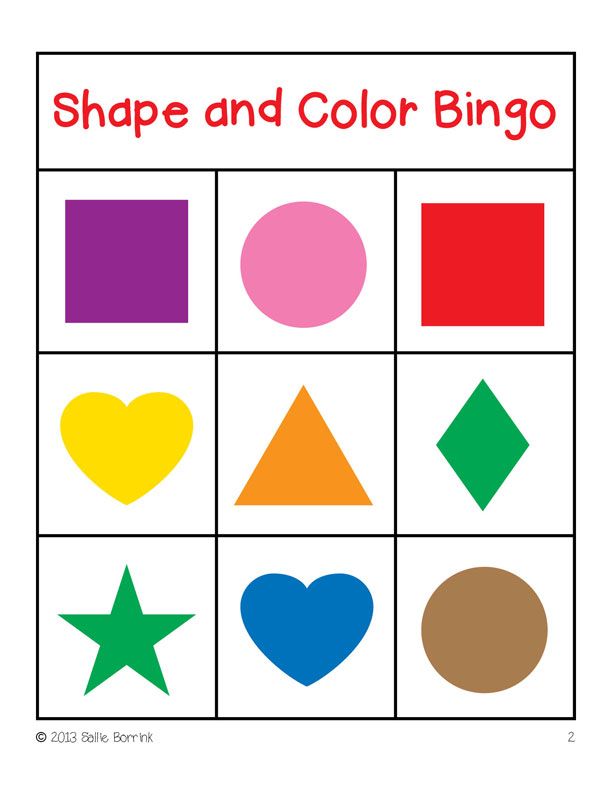 The Sozvezdie Development Center has created a Montessori environment for kids, aimed at the comprehensive development of the child. In the classes "Together with Mom" children in a playful way get acquainted with the concepts of color, shape and size, do thematic creative work. You can learn from our teachers how to interest a child in an activity and how to properly present him with cognitive information. Develop with us! nine0003
The Sozvezdie Development Center has created a Montessori environment for kids, aimed at the comprehensive development of the child. In the classes "Together with Mom" children in a playful way get acquainted with the concepts of color, shape and size, do thematic creative work. You can learn from our teachers how to interest a child in an activity and how to properly present him with cognitive information. Develop with us! nine0003
Prepared by a Montessori teacher
Sokolova Oksana
Teaching children colors
As the baby grows, he distinguishes more and more colors, his color perception develops and improves. Starting from the age of 2, you can conduct classes aimed at learning colors with a child.
Sorting and matching by color
First, the child needs to be explained what color is and to learn to distinguish objects of different colors. Start with exercises with a small number of colors. At first, yellow, red, blue and green are enough.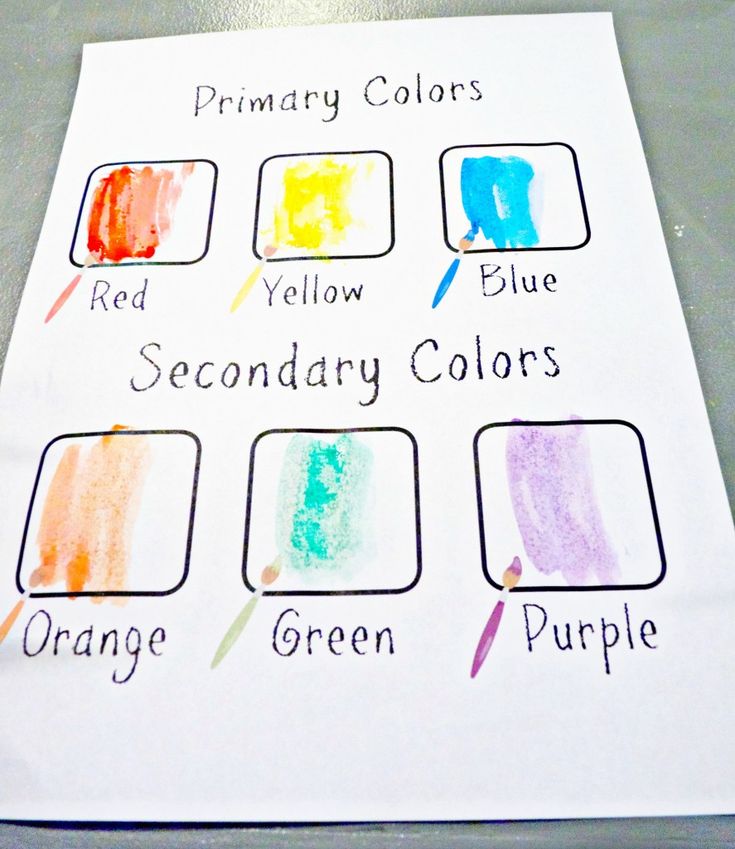 Color can only be seen, so by applying objects to each other, explain to the child how they are similar or different. Thus, without knowing the names of colors, the child learns to group objects by color. Play with your baby in simple games aimed at grouping objects by color and matching the right color. nine0003
Color can only be seen, so by applying objects to each other, explain to the child how they are similar or different. Thus, without knowing the names of colors, the child learns to group objects by color. Play with your baby in simple games aimed at grouping objects by color and matching the right color. nine0003
"Item sorting". Invite the child to put in separate boxes all yellow, blue, green, red items. First, let them be homogeneous (cubes or designer parts, colored candies), then heterogeneous. In the latter case, toys, items will differ slightly in color within the same color range, and sorting will be more difficult for the child.
“Pick up a couple”. Such games are aimed at selecting an item that is identical in color. You can remove the caps from the felt-tip pens and invite the child to choose the right cap. Or cut out cards from colored cardboard, on which you need to attach clothespins of the corresponding color. You can make an educational board game.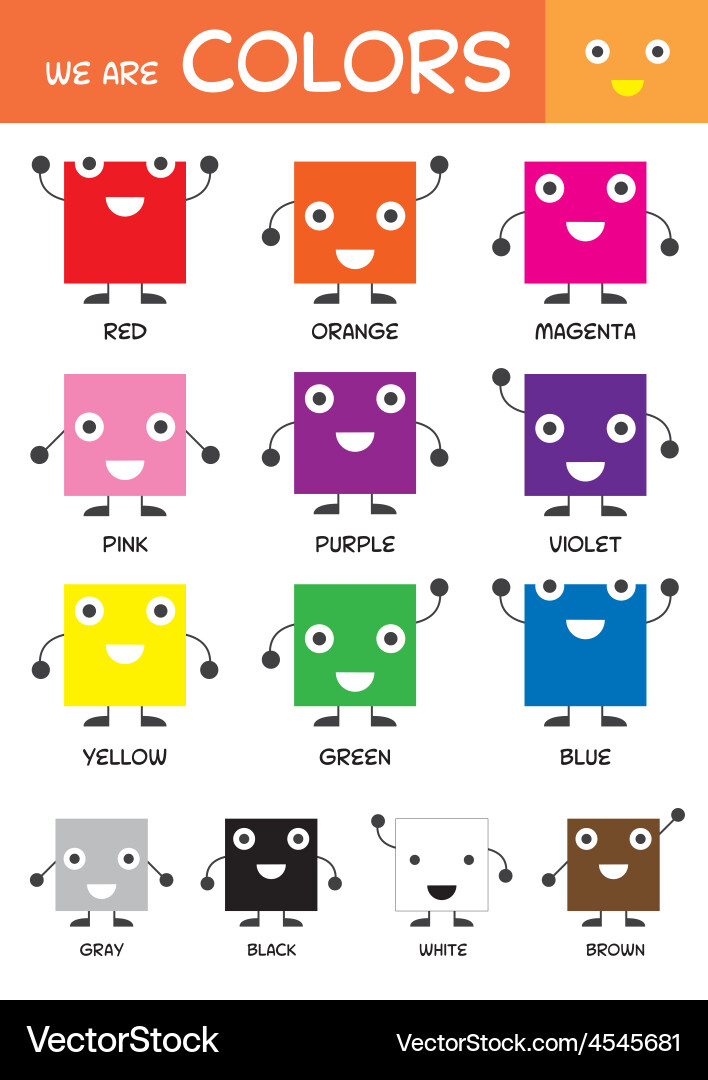 To do this, glue a cube out of paper, the sides of which, using felt-tip pens or colored paper, make different colors. Roll the cube alternately. The player needs to find the item of the dropped color. In the case of a repeated roll on a die of the same color, the player finds another item. nine0003
To do this, glue a cube out of paper, the sides of which, using felt-tip pens or colored paper, make different colors. Roll the cube alternately. The player needs to find the item of the dropped color. In the case of a repeated roll on a die of the same color, the player finds another item. nine0003
Memorizing colors
In the process of learning the names of colors, start with a few basic colors, gradually expanding the spectrum. Preschool children tend to remember colors by associating them with an object: red like an apple, green like grass. Therefore, summer with its bright colors is the best assistant in this matter! While walking, unobtrusively name the color of the object. If your child likes cars, practice on them. At home, when playing with a pyramid, cubes, pay attention to color. To memorize colors, the child needs repeated repetition. Drawing, modeling, appliqué also contribute to the improvement of children's color perception. You can make a collage - take sheets of white paper, unnecessary magazines and let the child, with your help, cut out all the red pictures and stick them on one sheet, green on the second, etc.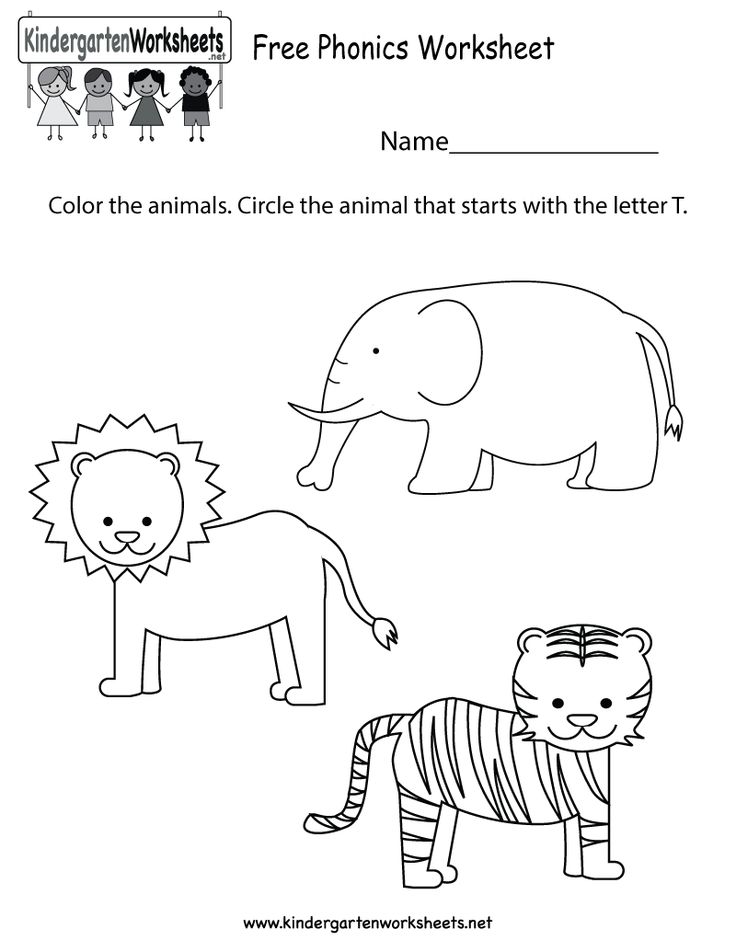 After the child has memorized 3-4 primary colors, introduce him to the colors of the rainbow and the sequence of their arrangement. nine0003
After the child has memorized 3-4 primary colors, introduce him to the colors of the rainbow and the sequence of their arrangement. nine0003
Memorizing colors
Children progress in learning colors in different ways. Five-year-old children are not only able to distinguish colors, but also a variety of shades. However, if some preschoolers continue to use the usual generalized names of colors, calling blue, turquoise and cyan blue, then the latter are keenly interested in shades, trying to figure out how, for example, to draw a blue whale in a blue sea. Answering such questions, children need to be introduced to the basics of mixing colors, to show how to use blue and yellow paint to get green, using red and yellow - orange, red and blue - shades of purple. Children really like to experiment with paints and get new colors. It will be useful for young artists to learn about warm and cold colors. nine0003
Show the child how to use one color to name two more using the terms light and dark (blue, light blue, dark blue).